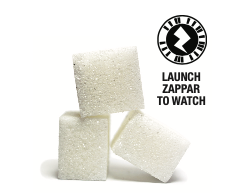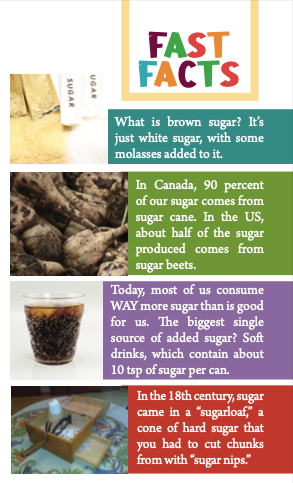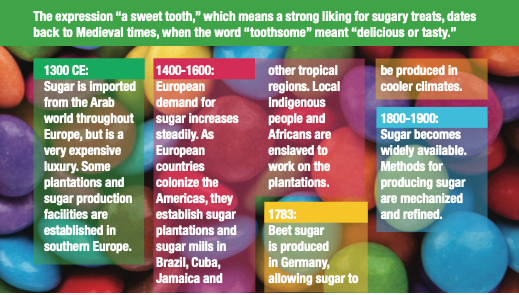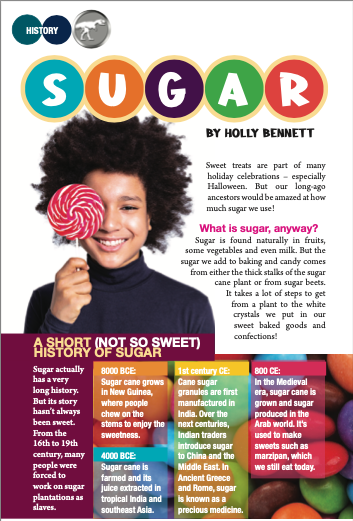
Sweet treats are part of many holiday celebrations – especially Halloween. But our long-ago ancestors would be amazed at how much sugar we use!

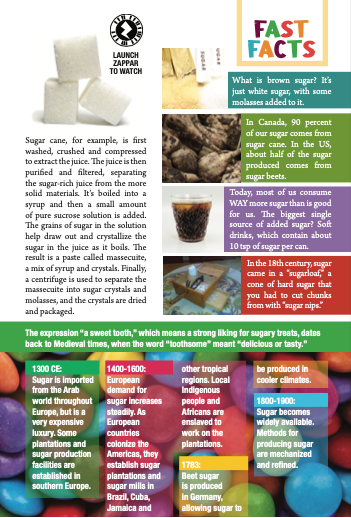
What is sugar, anyway?
Sugar is found naturally in fruits, some vegetables and even milk. But the sugar we add to baking and candy comes from either the thick stalks of the sugar cane plant or from sugar beets. It takes a lot of steps to get from a plant to the white crystals we put in our sweet baked goods and confections!
A SHORT (NOT SO SWEET) HISTORY OF SUGAR
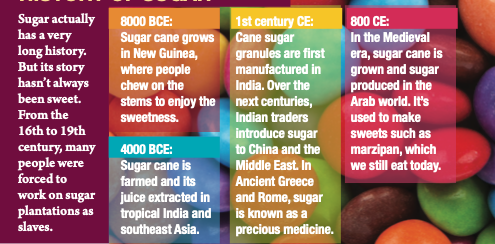
Sugar cane, for example, is first washed, crushed and compressed to extract the juice. The juice is then purified and filtered, separating the sugar-rich juice from the more solid materials. It’s boiled into a syrup and then a small amount of pure sucrose solution is added. The grains of sugar in the solution help draw out and crystallize the sugar in the juice as it boils. The result is a paste called massecuite, a mix of syrup and crystals. Finally, a centrifuge is used to separate the massecuite into sugar crystals and molasses, and the crystals are dried and packaged.
Use the Zappar app to watch the video below:
